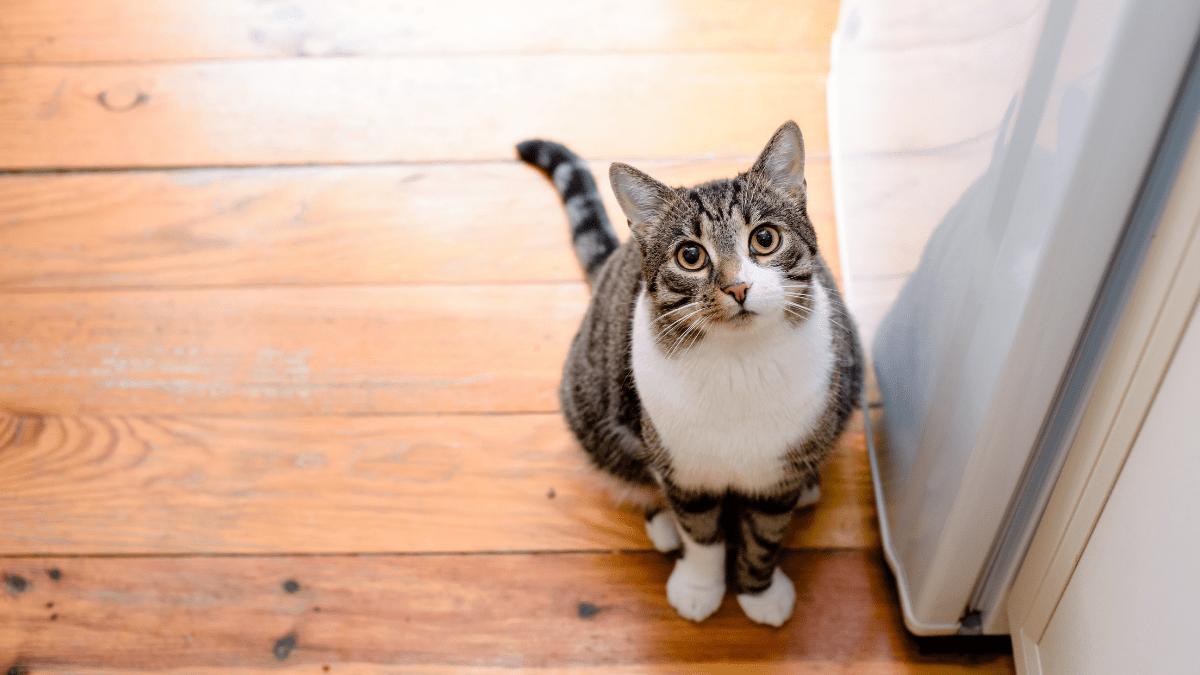Can Domestic Cats Have Autism?
Autism is a neurodevelopmental condition that affects social interaction, communication, and sensory processing in humans. However, since cats do not share the same neurological framework as humans, the term “autism” cannot be directly applied to them. Even so, many behaviors that people describe as “autistic” in cats often have alternative explanations rooted in feline biology and psychology.
Why Cats May Seem “Autistic”
Cats are naturally more independent and less socially expressive than humans. Consequently, certain individuals may:
-
Avoid eye contact or prefer solitude
-
Be highly sensitive to touch or sound
-
Show repetitive behaviors such as pacing, tail chasing, or staring at moving objects
-
React strongly to changes in routine or environment
Although these traits can make cats seem socially distant, they usually reflect normal variations in temperament or adaptive responses to stress. In other words, what appears as detachment may simply be part of a cat’s natural behavior.
Possible Behavioral or Medical Causes
There are several conditions that might cause a cat to behave in ways resembling autism in humans. For instance, such behaviors can result from:
-
Chronic stress or prolonged fear responses
-
Sensory processing challenges linked to past trauma
-
Neurological or developmental disorders such as cerebellar hypoplasia
-
Lack of early socialization with humans or other animals
Therefore, a veterinary evaluation is recommended to rule out underlying medical problems or neurodevelopmental conditions that could influence the cat’s behavior.
Supporting Cats with Atypical Behavior
Cats that show extreme reactivity or social withdrawal often benefit from supportive environments. In particular, they may respond well to:
-
A predictable daily routine
-
Safe hiding spaces and enriching surroundings
-
Gentle socialization techniques using positive reinforcement
-
Professional behavioral guidance aimed at reducing anxiety
Ultimately, rather than labeling a cat as “autistic,” it is more accurate and compassionate to focus on understanding its unique emotional and sensory needs. By providing stability and respect for its individuality, we can greatly enhance a cat’s quality of life.




